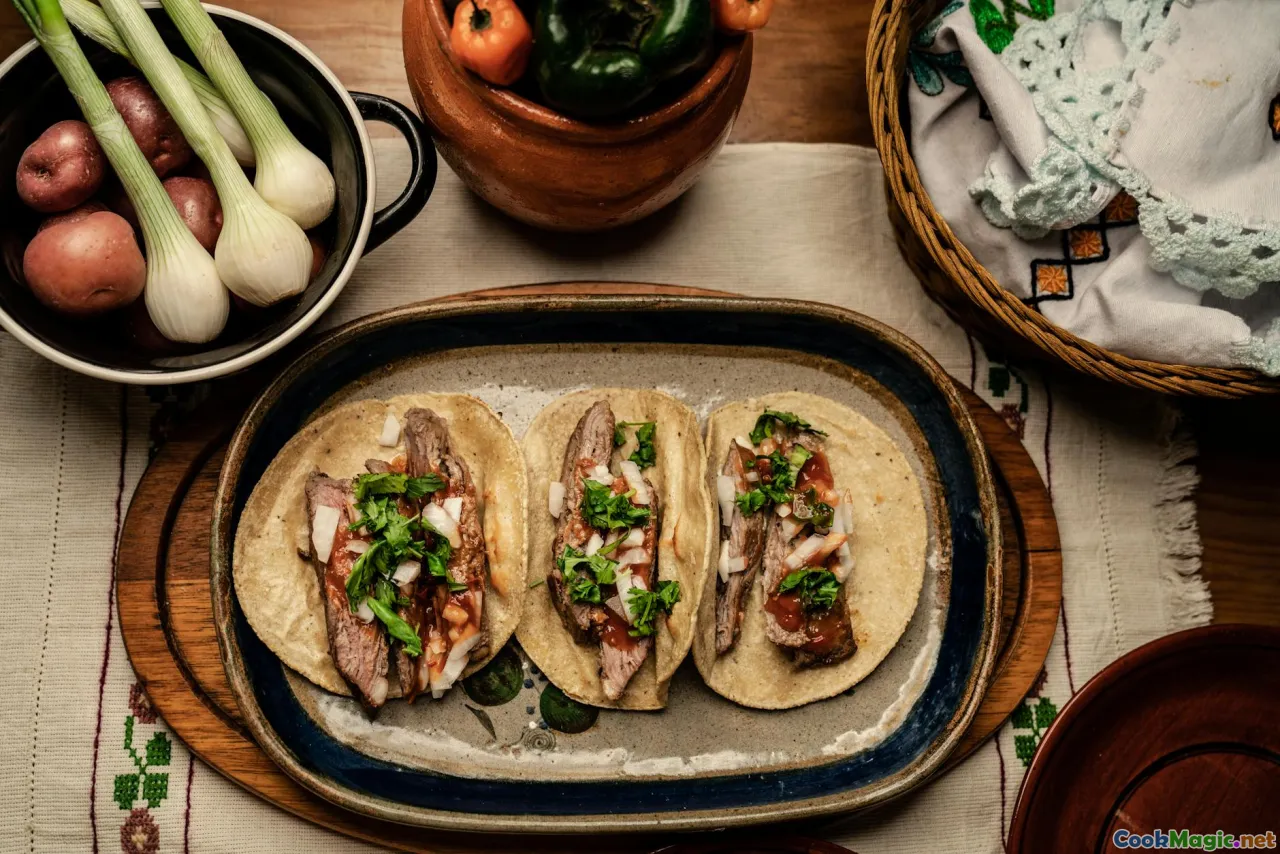Understanding the Role of Root Vegetables in Tahiti
8 min read Discover how root vegetables shape Tahiti's culinary landscape, blending tradition, flavor, and cultural identity in every dish. April 29, 2025 09:55
Understanding the Role of Root Vegetables in Tahiti
Imagine stepping onto the lush, verdant islands of Tahiti, where the air is thick with the scent of tropical blooms and the earthy aroma of freshly harvested roots. The vibrant colors of the landscape are mirrored on the plate—rich, hearty, and rooted in centuries of tradition. Among the many elements that define Tahitian cuisine, root vegetables hold a sacred place, serving as both sustenance and cultural symbols that connect the past to the present.
The Heart of Tahitian Food Culture: Roots and Heritage
Tahitian cuisine is a tapestry woven from the island's abundant natural resources, with root vegetables serving as foundational ingredients. These humble subterranean staples—such as taro, ufi (taro root), yams, sweet potatoes, and cassava—are more than just food; they are living links to ancestral wisdom, traditional farming practices, and community life.
Historically, Tahiti's early inhabitants relied heavily on root vegetables, cultivated in carefully prepared taro patches and volcanic gardens. These crops thrived in the volcanic soil, rich in minerals, giving the roots a distinctive flavor and texture. Their significance transcended nourishment, embodying spiritual and social values that continue to influence Tahitian culinary traditions today.
A Deep Dive into Key Root Vegetables
Taro (Taro, Uru)
Taro is undoubtedly the crown jewel among Tahiti's root vegetables. Its starchy, mildly sweet flesh, often rendered into a smooth, creamy consistency, is a staple in countless dishes. The plant's large, heart-shaped leaves also feature in traditional cooking, sometimes used to wrap foods or as decorative elements.
In Tahiti, taro is more than just a food; it’s a symbol of life and fertility. Preparing taro involves traditional methods—pounding the cooked root into poi or baking it into a dense, flavorful mash. The aroma of roasted taro, with its nutty undertones, fills the air during communal gatherings, evoking feelings of belonging and continuity.
Ufi (Taro Root)
Ufi, a local term for taro root, is prized for its versatility. It can be boiled, baked, or mashed, often served alongside fresh seafood or roasted meats. Its earthy flavor pairs beautifully with coconut milk, creating a velvety texture that hints at the island’s lush landscape.
Yams (Dalo)
Yams in Tahiti are celebrated for their robustness and sweetness. They are cultivated in hillside gardens, their vibrant orange flesh a vivid contrast against the dark volcanic soil. Yams are often grated and cooked into dishes like 'fa'ati,' a traditional dish where grated yam is mixed with coconut and baked.
Sweet Potatoes (Pia, Uhi)
Sweet potatoes are another vital root, featuring a naturally sweet flavor that complements the savory and spicy elements of Tahitian cuisine. Their bright orange or purple flesh adds both color and nutrition to traditional meals.
Cassava (Ava)
Cassava, or tapioca, is a crucial carbohydrate source. The roots are grated, dried, and processed into flour or tapioca pearls. In Tahiti, cassava is often used in desserts or as a thickening agent in stews.
Traditional Cooking Techniques and Cultural Significance
The Ahima'a (Earth Oven)
One of the most iconic cooking methods in Tahiti is the use of the ahima'a—an earth oven. Root vegetables, along with meats and seafood, are wrapped in banana leaves and slow-cooked over hot stones buried in the ground. This method imparts a smoky flavor, tenderizing the roots and infusing them with earthiness.
Taro Pudding and Poi
A beloved traditional dish is taro pudding, where mashed taro is combined with coconut milk, sugar, and sometimes vanilla, then steamed or baked until silky smooth. Poi, a fermented taro paste, is a staple during communal feasts, symbolizing unity and gratitude.
Festive and Ritual Significance
Root vegetables often feature prominently in Tahitian festivals and rituals. During Heiva—the island’s most important cultural celebration—dishes made from taro, yams, and sweet potatoes are prepared as offerings to ancestors, embodying respect for nature and heritage.
Personal Reflections and Culinary Inspirations
Growing up in Tahiti, I vividly recall the earthy aroma of freshly dug taro, the rhythmic pounding of poi, and the joyful communal feasts centered around root vegetables. These ingredients are more than food—they’re stories, histories, and relationships etched into the soil and shared across generations.
As a food enthusiast, I see root vegetables as the soul of Tahitian cuisine. They teach patience—since most are slow-cooked—and remind us that nourishment is intertwined with cultural identity. The subtle sweetness of roasted yams or the nutty depth of baked taro evoke a sense of rootedness, grounding us in the island’s vibrant traditions.
Modern Twists and Global Appreciation
Today, Tahitian chefs are reimagining these ancient ingredients, blending traditional techniques with contemporary culinary artistry. Root vegetables are being transformed into elegant dishes—think taro-infused risottos, yams roasted with exotic spices, or cassava chips with local herbs—bringing Tahitian flavors to the global stage.
This culinary evolution honors the past while embracing innovation, ensuring that the cultural significance of root vegetables remains alive and inspiring future generations.
Final Thoughts
Root vegetables in Tahiti are more than just sustenance—they are a testament to the resilience, ingenuity, and spiritual depth of the island’s people. They connect us to the land, to ancestors, and to each other. Whether served in a humble home or a gourmet restaurant, these earthy treasures continue to nourish body and soul, embodying the very essence of Tahitian life—a harmonious blend of tradition, nature, and community.
So next time you indulge in a dish featuring taro, yams, or sweet potatoes, remember the rich history and cultural stories woven into every bite. In Tahiti, roots run deep, and their flavors tell a story as vibrant and enduring as the islands themselves.









